Uncategorized
-
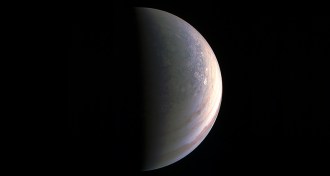 Planetary Science
Planetary ScienceJuno transmits first intimate snapshots of Jupiter
Hurricane-like clouds spiral over Jupiter’s poles, new photos taken by NASA’s Juno spacecraft reveal.
-
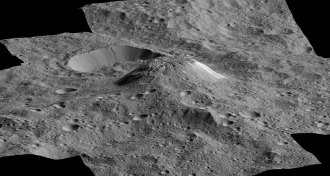 Planetary Science
Planetary ScienceWater plays big role in shaping dwarf planet Ceres
Findings from the Dawn spacecraft turn up cryovolcanoes, ice patches and hydrated minerals on Ceres, supporting the idea that water helped shape the dwarf planet.
-
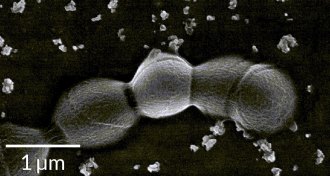 Health & Medicine
Health & MedicineBacterial weaponry that causes stillbirth revealed
Vaginal bacteria may cause stillbirth by deploying tiny weapons
-
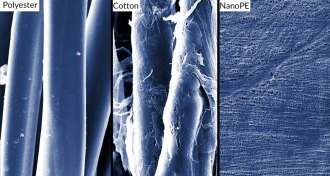 Materials Science
Materials ScienceHigh-tech cloth could make summer days a breeze
A plastic material like kitchen cling wrap may be the next big thing in high-tech clothing. The fabric lets heat pass through, but blocks visible light, making it opaque enough to wear.
By Meghan Rosen -
 Animals
AnimalsIn drought, zebra finches wring water from their own fat
A zebra finch with no water or food can keep itself hydrated by metabolizing body fat.
By Susan Milius -
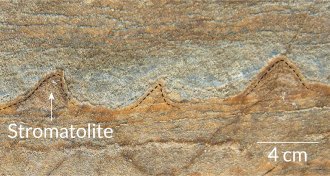 Paleontology
PaleontologyGreenland may be home to Earth’s oldest fossils
Dating to 3.7 billion years ago, mounds of sediment called stromatolites found in Greenland may be the oldest fossilized evidence of life on Earth.
-
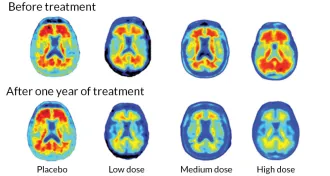 Neuroscience
NeuroscienceNew Alzheimer’s drug shows promise in small trial
A much-anticipated Alzheimer’s drug shows promise in a new trial, but experts temper hope with caution.
-
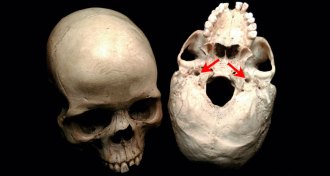 Humans
HumansBrain’s blood appetite grew faster than its size
Over evolutionary time, the energy demands of hominid brains increased faster than their volume, a new study finds.
-
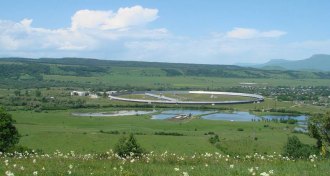 Astronomy
AstronomyRadio signal probably not from extraterrestrials
A possible radio signal from extraterrestrials probably originated a lot closer to home.
-
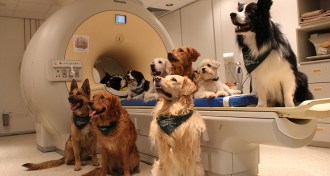 Animals
AnimalsDog brains divide language tasks much like humans do
Dogs understand what we say separately from how we say it.
-
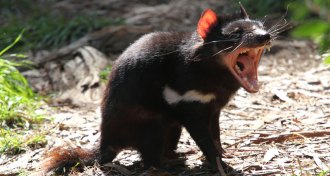 Health & Medicine
Health & MedicineTasmanian devils evolve resistance to contagious cancer
Tasmanian devils are evolving resistance to a deadly contagious cancer.
-
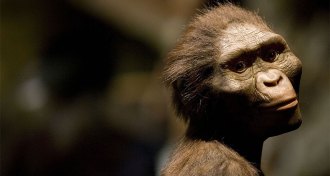 Anthropology
AnthropologyFossil autopsy claims Lucy fell from tree
A contested study suggests a famous fossil ancestor plunged to her death.
By Bruce Bower